Hey there,
Rebelscum readers! This week in our coverage of the
Star Wars Expanded Universe, we’re looking at the highly influential
Star Wars Dark Horse comic book series
Republic. Today with “Expand Your Mind,” we’ll look back at the series’ history and how it influenced the events of the prequel trilogy as the films hit theaters.
Stay tuned for more
Republic coverage throughout the week. With our “Character Profile” we’ll highlight the history of one of our favorite characters, with “Timeline Breakdown” we’ll look at the connections to other
Star Wars media, and in our “Force Casting” we’ll look at how the stories could be adapted as a potential television or film project. Make sure to keep up to date with our breakdown videos to learn about the coolest
Republic merchandise and learn additional information.
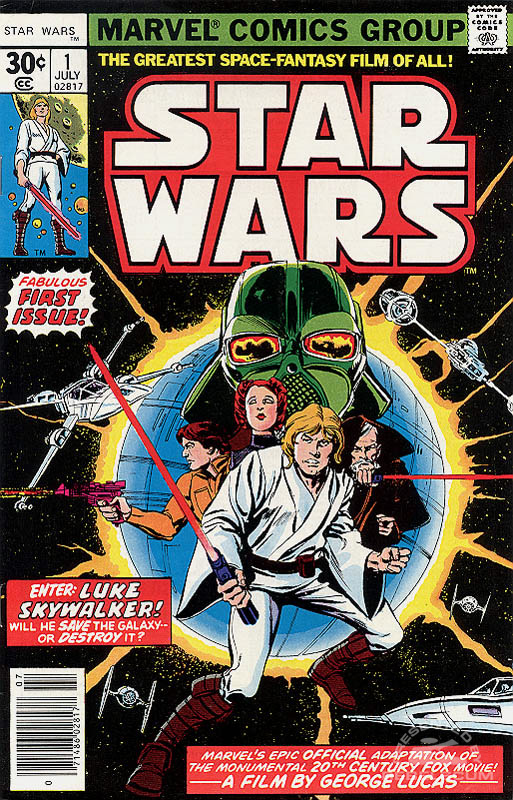
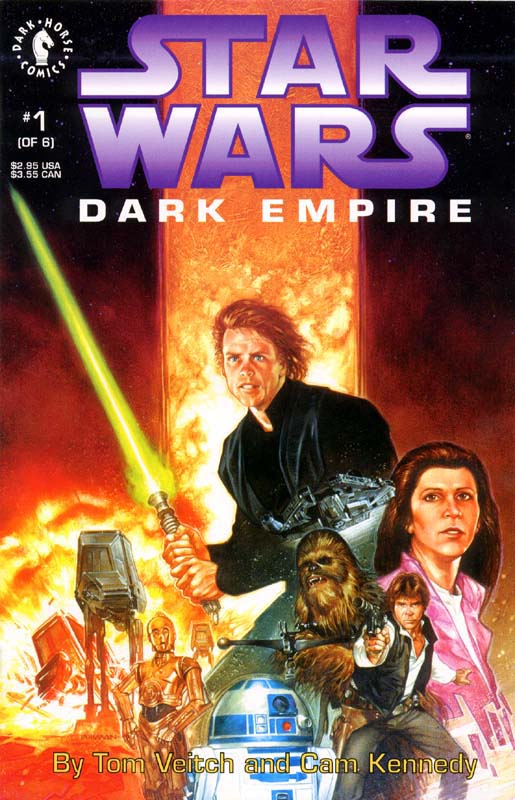 Star Wars
Star Wars comics were under the dominion of Marvel until Dark Horse adopted the rights in the ‘90s, launching
Dark Empire. With
The Phantom Menace set to hit theaters in May 1999, Lucasfilm was keen to launch a new ongoing series set as the films came out, just as the original Marvel run had done with the classic trilogy. They launched the first issue of their new series with Star Wars #1, “Prelude to Rebellion #1” in December 1998.

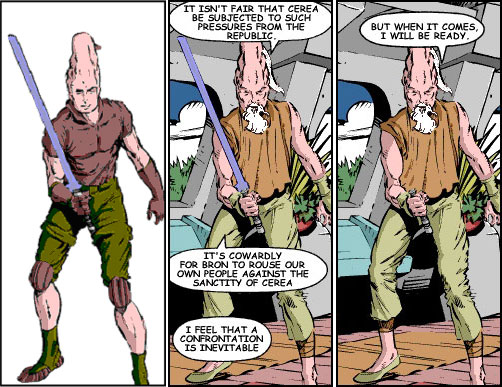
In its first iteration,
Republic was simply referred to as
Star Wars. The “Prelude to Rebellion” storyline led up to the events of
The Phantom Menace and followed the exploits of Jedi Master Ki-Adi Mundi. Mundi’s homeworld Cerea has a dangerously low birth rate, so he’s one of the few Jedi that’s allowed to marry in order to have children. Mundi’s daughter Sylvyn has mysteriously joined a Pro-Tech group in his homeworld, and he’s dispatched to investigate the movement’s associations with the Trade Federation.

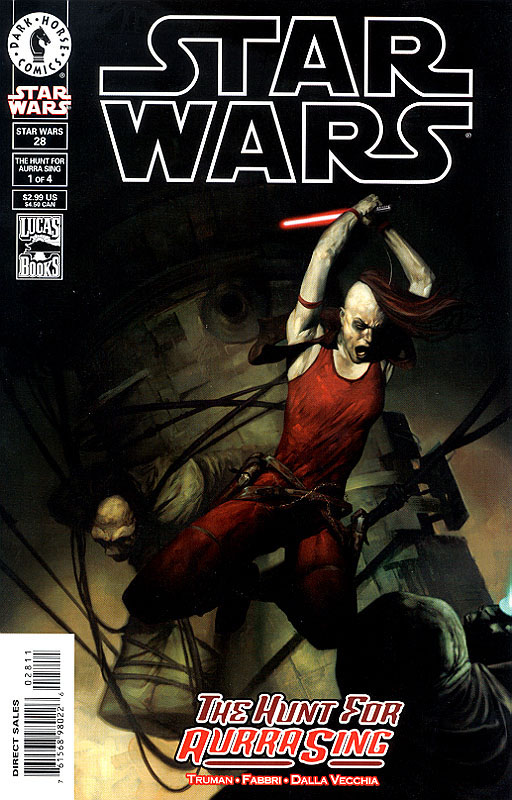
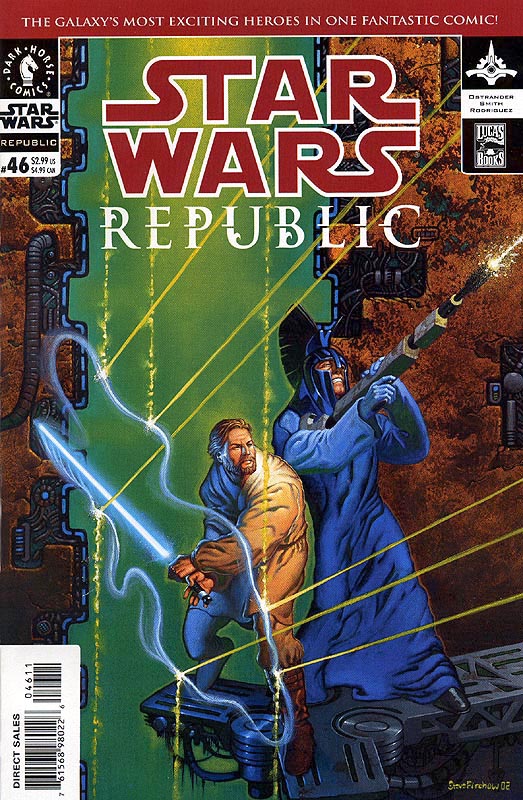
Mundi became one of the leads of the early storylines, which focused on Jedi such as Yoda, Adi Gallia, Mace Windu, Plo Koon, and the newly introduced heroes Shared Hett and Quinlan Vos. It developed the background characters of
The Phantom Menace, with the former Jedi turned bounty hunter Aurra Sing becoming a prominent villain throughout. It wasn’t until October 2002, after
Attack of the Clones had already been released, that
Star Wars became
Republic.
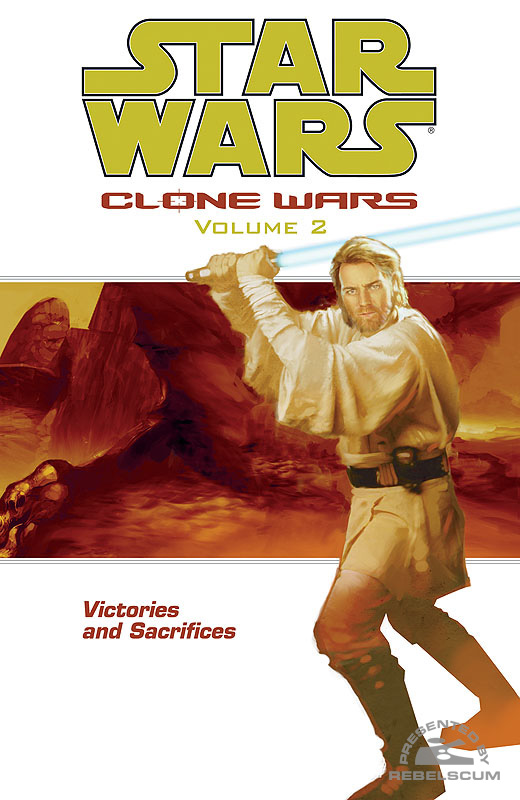
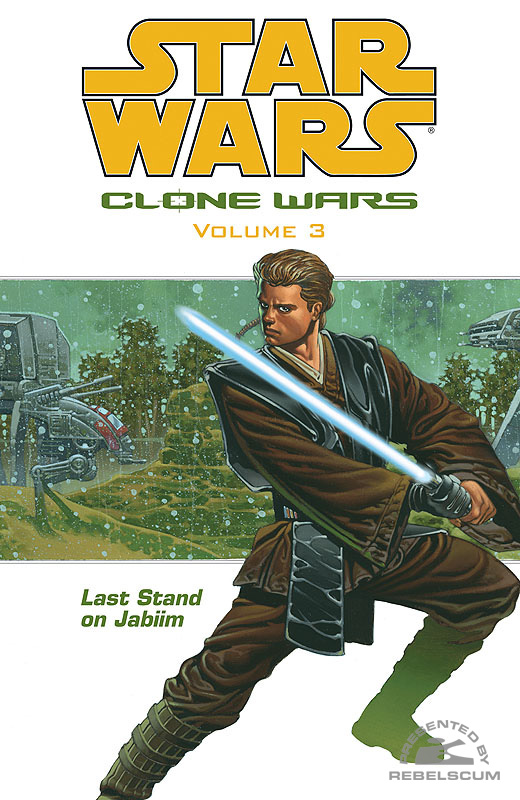
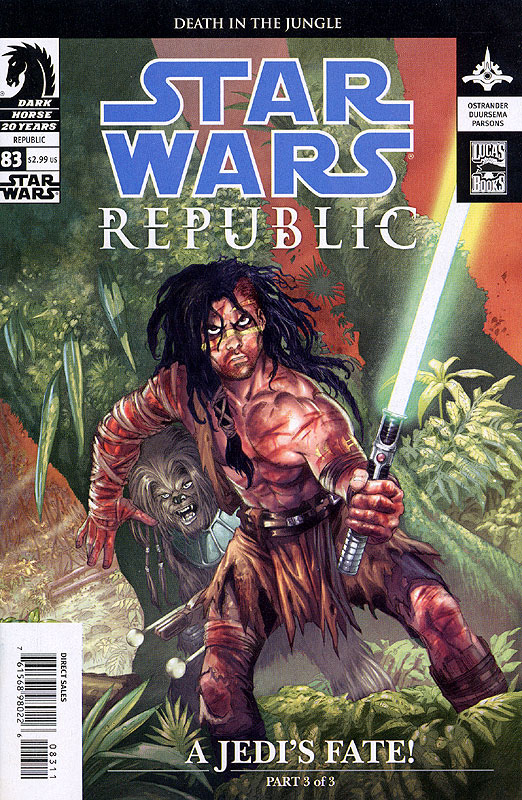 Republic
Republic, which in trade paperbacks became referred to simply as
Clone Wars, became the main storyline in which the galactic conflict took place. Anakin Skywalker and Obi-Wan Kenobi played more prominent roles, and the new villains Durge and Asajj Ventress were introduced ahead of their appearances in Genndy Tartakovsky's animated
Clone Wars micro-series. The series ran as
Republic throughout the release of
Revenge of the Sith, but it had another title change after the “Hidden Enemy” storyline wrapped in February 2006.
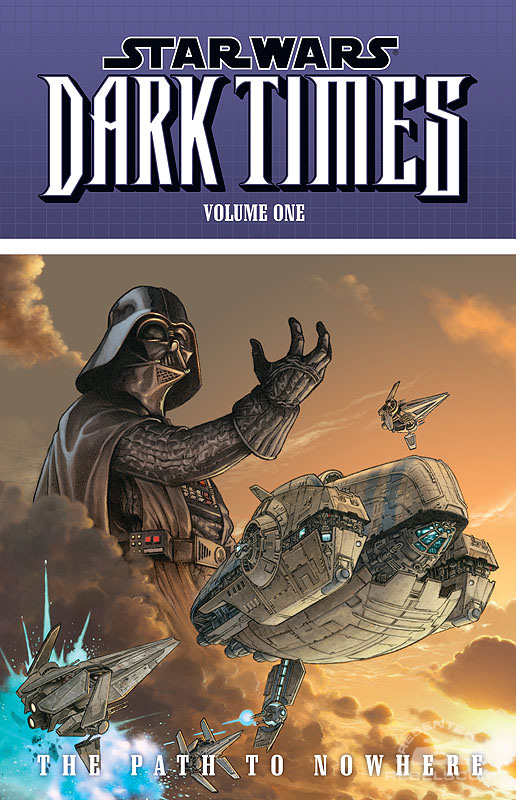

In its 84th issue,
Republic became
Dark Times, and continued the adventures of the characters who had appeared throughout the series’ run as the Empire spread throughout the galaxy and Darth Vader hunted down the Jedi survivors of Order 66. Vader became the prominent face of the series, and his showdown with a group of Jedi survivors concluded the last storyline “A Spark Remains.”
Dark Times ran its last issue in December 2013.
The fifteen year saga is an integral part of the prequels’ history. Many events were retconned due to their contradictions with
The Clone Wars, and are now part of the Legends timeline as a result of Disney’s restructuring. Any
Star Wars fan interested in the prequel trilogy owes it to themselves to check out the exciting storylines of
Republic that diversified the era.
What do you think
Rebelscum fans? Did you read
Republic and
Dark Times as they came out? What were some of your favorite moments or characters? As always, let us know in the
forums, and may the Force be with you!














